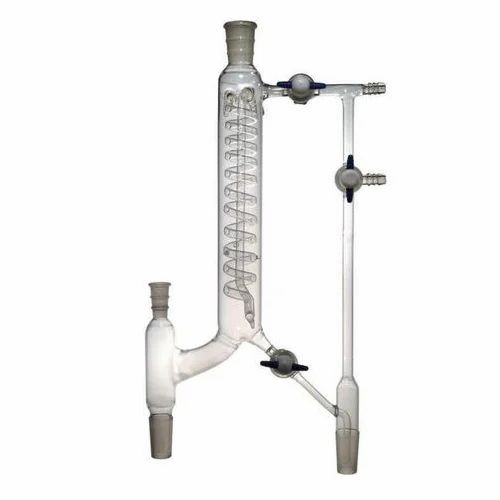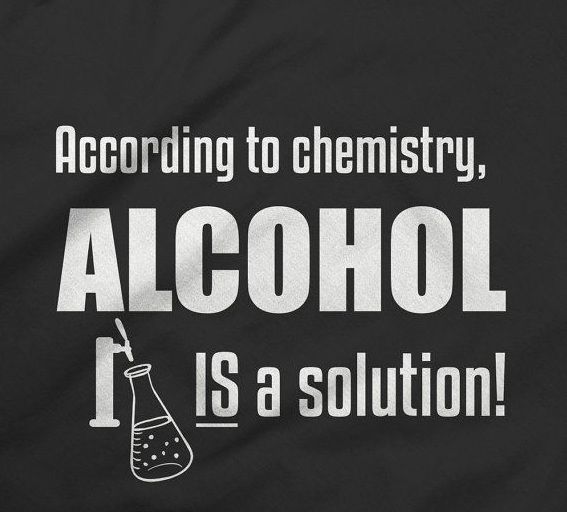The tax man wants his toll on drinking ethanol, and everyone should check their local regulations, but as you note, there is typically some wiggle room afforded to labs, as well as to stills with boilers under one gallon capacity for alcohol used in processes other than booze.
A simple pot still will take multiple runs to get above around 120 proof, so however you accomplish it, a refluxing column will get you there quicker. You can make the refluxing column out of a glass tube stuffed with stainless/copper wool, or attach a stainless or copper one to an all glass lab arrangement.
The beauty of having a thermometer at the top of a refluxing column, only the most concentrated vapors reach the column head, and a thermometer at that point will tell you exactly what boiling point vapors have reached there, so you can easily tell by the temperature reading exactly what is passing at that point, and when it is moving to the next lowest boiling point constituent.
Bread yeast works well, it just requires around double the amount of processing.
We typically use 190 proof as well, for most purposes. Why fight Mother Nature?
Thanks for the link and patent number! Doesn’t look like they want to share any process details on the site without first vetting the inquirer, but the patent looks interesting and I’ll check it out.
@Fadedawg,
As far as the patent goes...
The process they seem to be going after is a rather complicated version of what is more commonly known was the "ouzo effect."
You know when you add water to ouzo how it turns white?
Well this is the "ouzo effect", which is due to the ouzo being an alcohol and (anise) oil mixture that when added to water creates spontaneous emulsification.
The emulsification is quite stable and will remain that way for upwards of a month.
The patent uses the optimization of this ouzo effect to extract, emulsify, and then separate the cannabis oil from solution, in a rather safe way.
The Greeks (ouzo), Turks (raki), and Italians (sambuca) have known about the ouzo effect for centuries.
This is why I doubt that the patent will be granted, unless they come up with a design patent for a specific portion of the machine and then do lots of marketing to ensure that their process is recognized as "the best", there is nothing new or "novel" stated in the patent.
But it doesn't stop it from being a really effective way to isolate cannabinoids.
I would like to scale it down and be able to use it to extract grams instead of pounds of oil.
A personal use sized version of this device would probably sell like crazy!!!
But I don't have any way to fund the idea...
Especially while it is still in the application process which puts it in sort of a gray area.
If for some reason it does get granted, then the only way forward would be licensing and the way licensing works these days, you do all the work and the patent holder makes all the money...
Or you could do what big pharma and bio-tech does all the time; out-rightly steal the idea and market a product around it.
Then when the patent holder sues, you pay your lawyers to keep pushing out the dates on everything so you can continue making money on the product.
Then finally after 3-4 years of back and forth court battles (which have postponed as long as possible), when you are found guilty you then only have to pay like 10% of what you were able to make in the time you were abusing the patent.
By that time you have moved on to another patent and the process continues...


